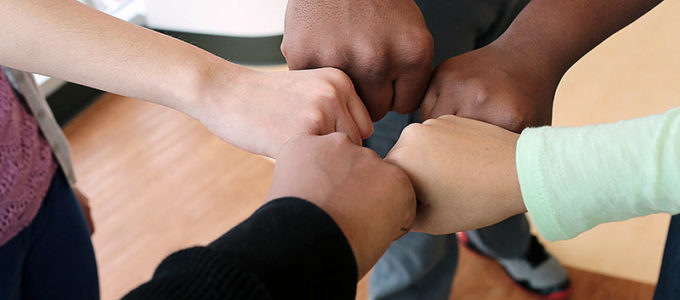It is well known that secondhand smoke can cause serious health problems in children. Yet about 40% of them are still exposed to the pollutants in tobacco smoke. We see evidence of this in our own Emergency Department (ED). Compared to unexposed children, kids exposed to secondhand smoke are more likely to have ED visits, to have more severe illnesses, and to be hospitalized.
The vast majority of parents who smoke and with whom I encounter in the ED are aware of the health issues it creates in kids and truly want to quit.
But the reality is that it’s hard. Many of them have tried multiple times and have been unable to do it. I’m hoping that my latest research findings may offer the extra ammo to finally do it. This research was recently published in the Elsevier Journal Environmental Research:
Our study showed that even in homes where parents are not allowed to smoke, such as apartments, children may carry significant levels of nicotine – a thirdhand smoke pollutant – on their hands. A concerning finding is that children’s hand nicotine levels are associated with infectious and respiratory illnesses previously shown to be associated with secondhand exposure.
So what do parents need to know about the dangers of thirdhand smoke in kids?
1. It’s on their hands.
We are beginning to better understand the effects of thirdhand smoke, and it may be just as bad, if not worse, than secondhand smoke. Thirdhand smoke pollutants such as nicotine stay on surfaces after smoking has occurred. We also found a nicotine metabolite called cotinine in kids’ saliva, in addition to high levels of nicotine on their hands.
2. Exposure to these contaminants is harmful.
Respiratory and ear infections, and more frequent and severe asthma attacks, are all health problems associated with exposure to tobacco smoke. Kids who are exposed to tobacco have the metabolite cotinine in their saliva, urine, nails, hair, and blood. And when this happens, they have more visits to the doctor, more colds, coughs, infections, and worse asthma attacks.
3. Eliminating smoking around kids isn’t enough.
Our study suggests that children will still be exposed to nicotine when parents smoke inside or outside their homes, even if the children aren’t there while they’re doing it. Thirdhand smoke accumulates in dust and on other surfaces, such as on the clothes of the smoker, as well as on household objects like toys and pillows.
4. Avoid smoking indoors.
The best way to prevent thirdhand smoke exposure in kids is to quit smoking completely. However, if that is not currently feasible, the next best option is to ban smoking in the home and car. Have designated smoking clothes to leave outside before going back into the home. And take a shower. I realize that these steps seem like a lot of work. But besides quitting completely, they are the most effective ways that we know of right now to keep secondhand and thirdhand smoke out of the home. Continued research will help us figure out other ways.
When I relay these research findings to smoking parents I meet, they are stunned that nicotine is on kids’ hands. And they’re even more surprised to learn that it’s in their saliva. Please share this information broadly so that more families are aware of the dangers of smoking even when kids aren’t around the smoke.
We plan to continue this research, looking into how much thirdhand smoke contributes to overall tobacco exposure in kids, and how this affects overall child health.

